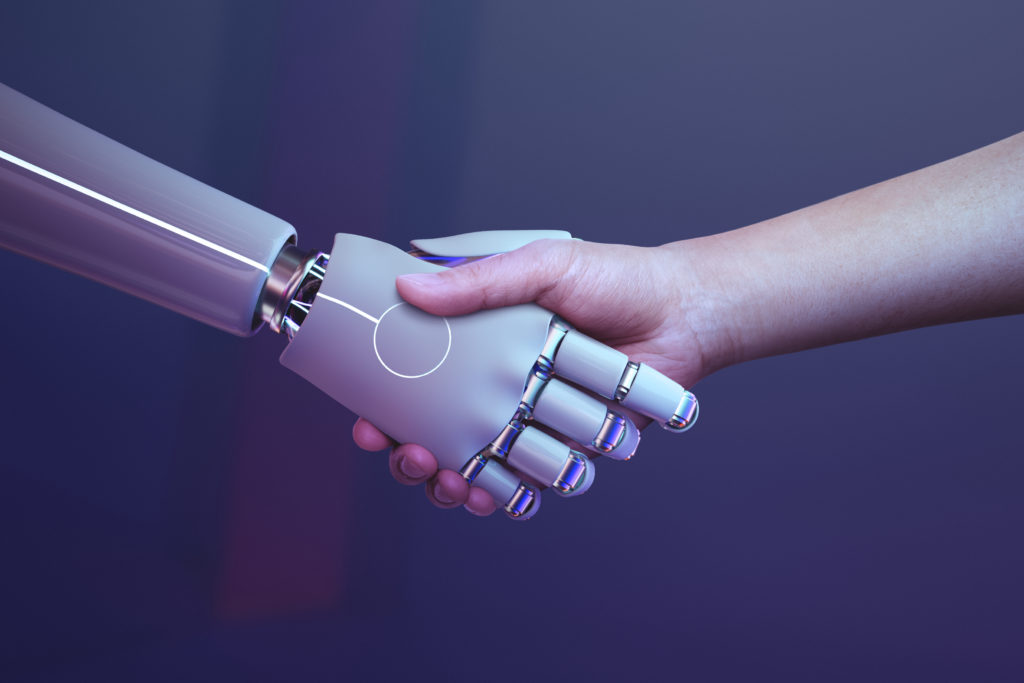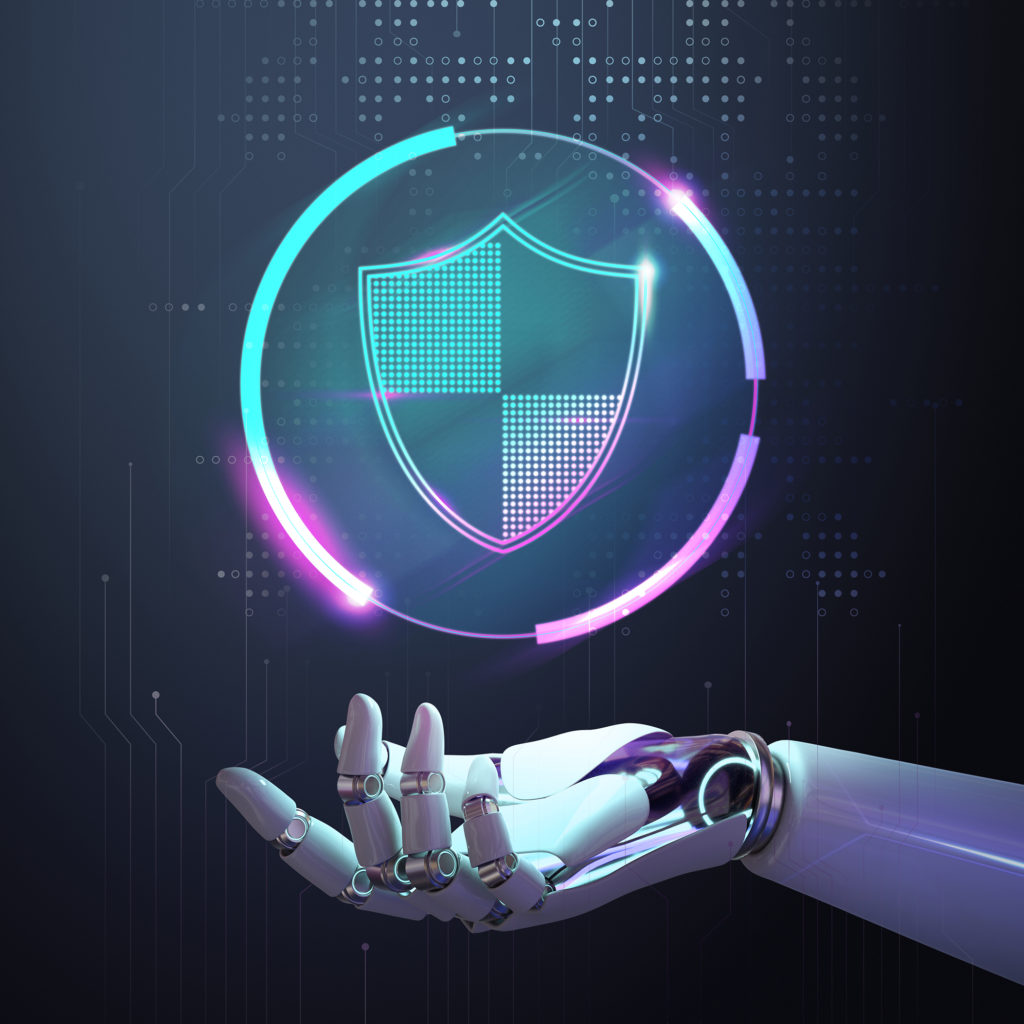Moreover, the technological landscape is constantly evolving, and cybersecurity is no exception. As businesses and individuals become increasingly reliant on technology, the risk of cyber attacks also increases. Therefore, in this article, we will explore the top technology and cybersecurity trends and predictions for 2024.
Key Technology Trends for 2024
1. Artificial Intelligence (AI) and Machine Learning (ML)
AI and ML are transforming the way we interact with technology. In 2024, these technologies will increasingly be used to:
- Automate tasks
- Improve decision making
- Personalize experiences
2. Internet of Things (IoT)
Furthermore, the number of devices connected to the Internet is growing exponentially. By 2024, there are expected to be more than 125 billion IoT devices in the world. Consequently, this presents a huge opportunity for businesses, but it also increases the attack surface for cybercriminals.
3. Cloud Computing
Certainly, cloud computing is becoming the standard way to store and process data. Additionally, by 2024, more than 80% of IT workloads are expected to run in the cloud. This offers greater flexibility and scalability. However, it also requires greater security measures.
4. Increasing importance of data privacy
Furthermore, as the amount of data being collected and stored increases, the importance of protecting data privacy also escalates. Consequently, in 2024, companies will face increased pressure to comply with data privacy regulations such as GDPR and CCPA.
5. Rise of Zero-Trust architectures
Additionally, Zero-Trust architectures, which are based on the idea that no device or user within the network should be trusted, are anticipated to be adopted by more companies in 2024 as a security approach to safeguard their data.
Cybersecurity predictions for 2024
1. Increase in supply chain attacks
Moreover, supply chain attacks, which target software and hardware vendors to infect their customers with malware, are expected to become even more sophisticated and difficult to detect in 2024.
2. More targeted ransomware attacks
Indeed, ransomware attacks have evolved beyond indiscriminate assaults. In 2024, cybercriminals will increasingly focus on more targeted attacks aimed at specific companies. This shift signifies a more strategic approach to maximize their potential gains and exploit vulnerabilities within specific organizations.
3. Greater use of AI and ML in cybersecurity
Furthermore, AI and ML can be utilized to more effectively detect and prevent cyber attacks. In 2024, companies are expected to adopt these technologies more widely.
How to Prepare for the Future of Technology and Cybersecurity
Businesses and individuals should take steps to protect themselves from cyber risks in 2024. Some key recommendations include:
- Implement a comprehensive security strategy
- Invest in next-generation security technologies
- Train employees on security best practices
By being prepared for the challenges ahead, businesses and individuals can make the most of the opportunities technology offers in 2024.
Conclusion:
Additionally, in 2024, technology and cybersecurity will be more interconnected than ever. Companies and individuals must be prepared for new threats and take advantage of the opportunities that technology offers. To stay ahead, it is crucial to invest in security, train staff, and stay up to date with the latest trends. Remember: security is not an expense, it is an investment in the future.
If you are looking for the perfect team to help you develop an effective website, we are also here to help you. Also, Contact us today to learn more about our Virtual Store Design services.














